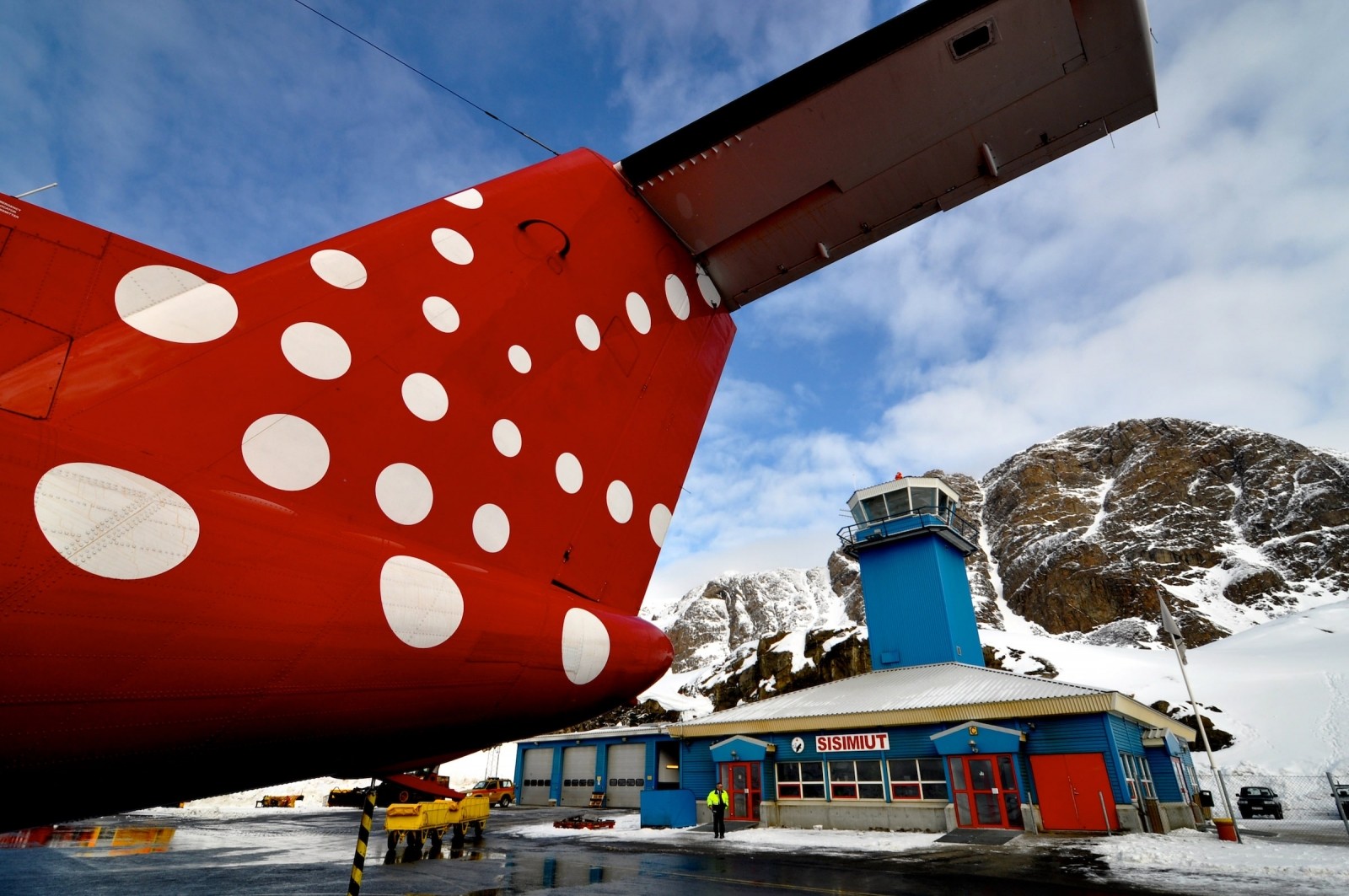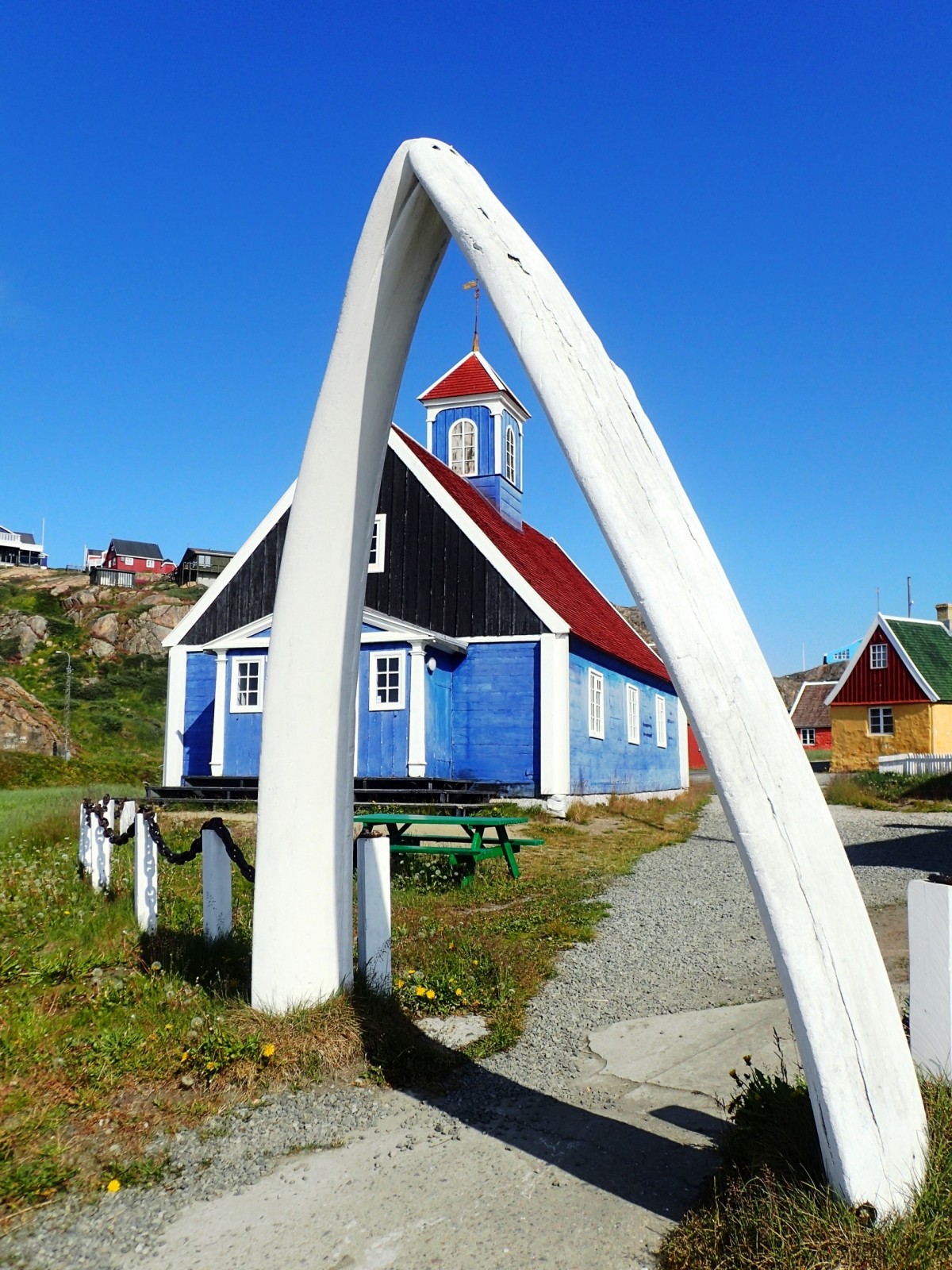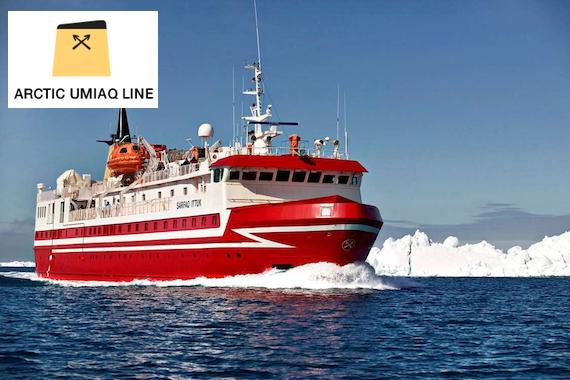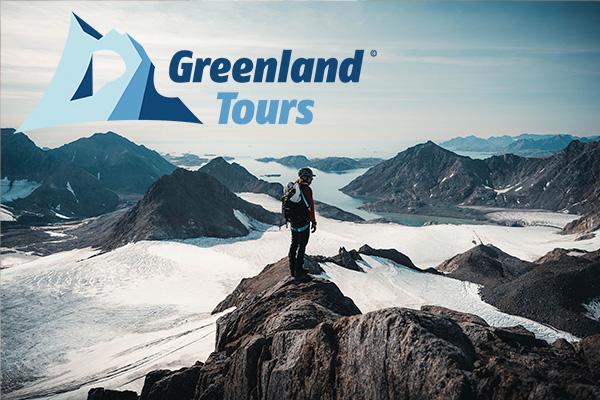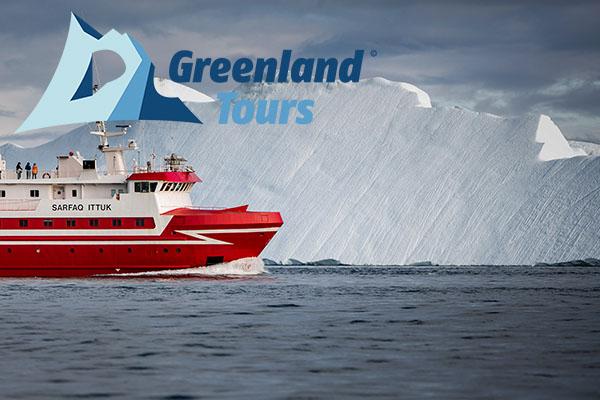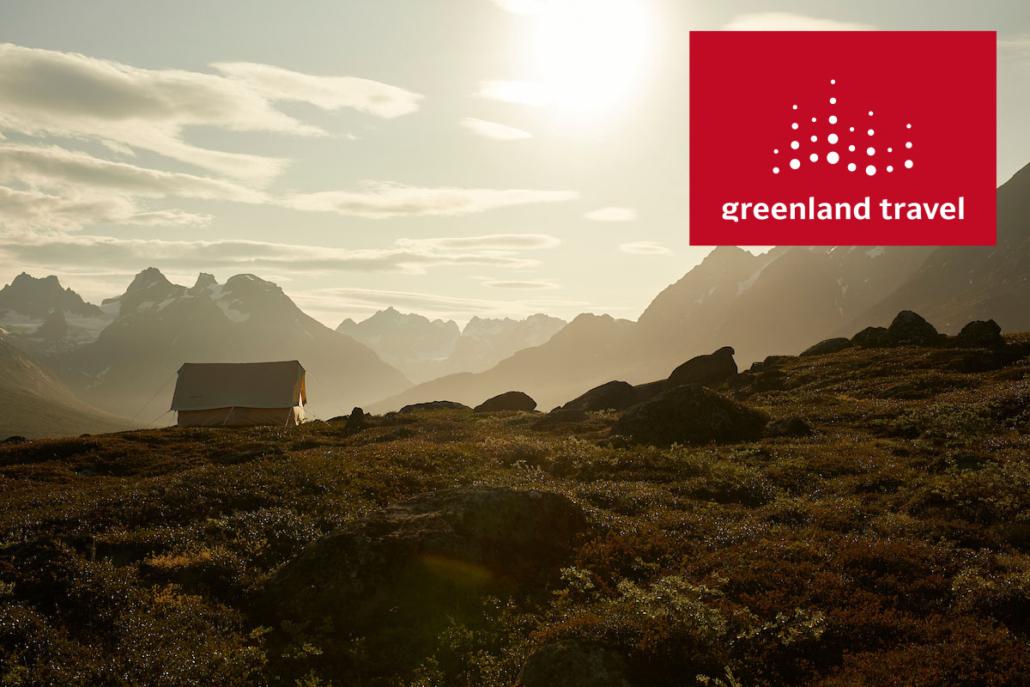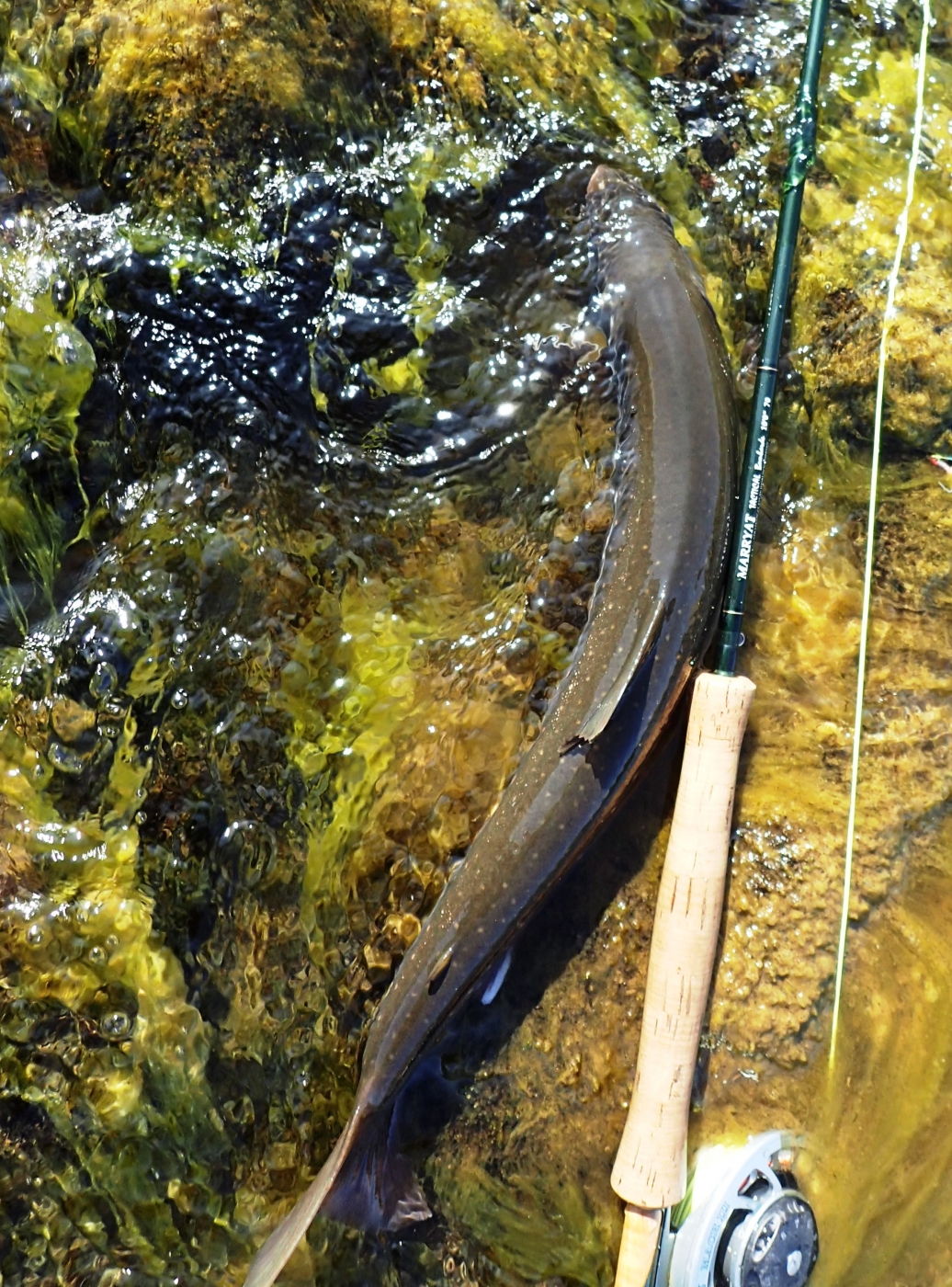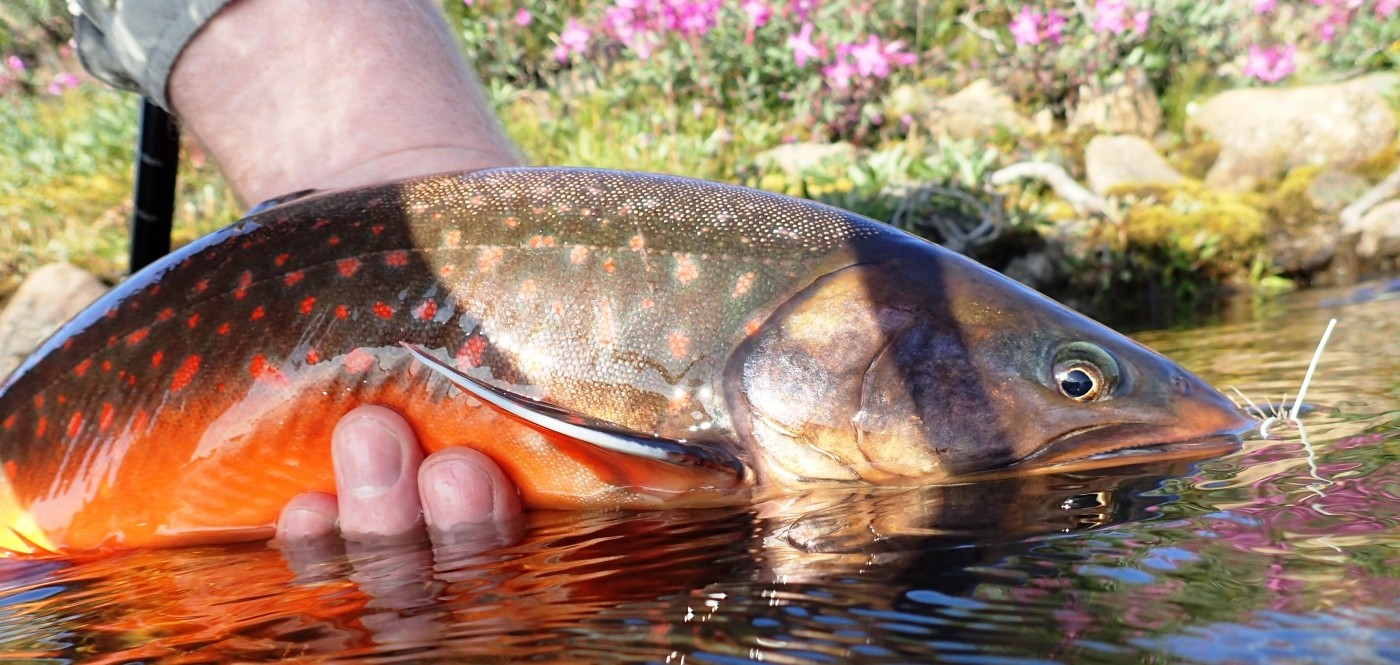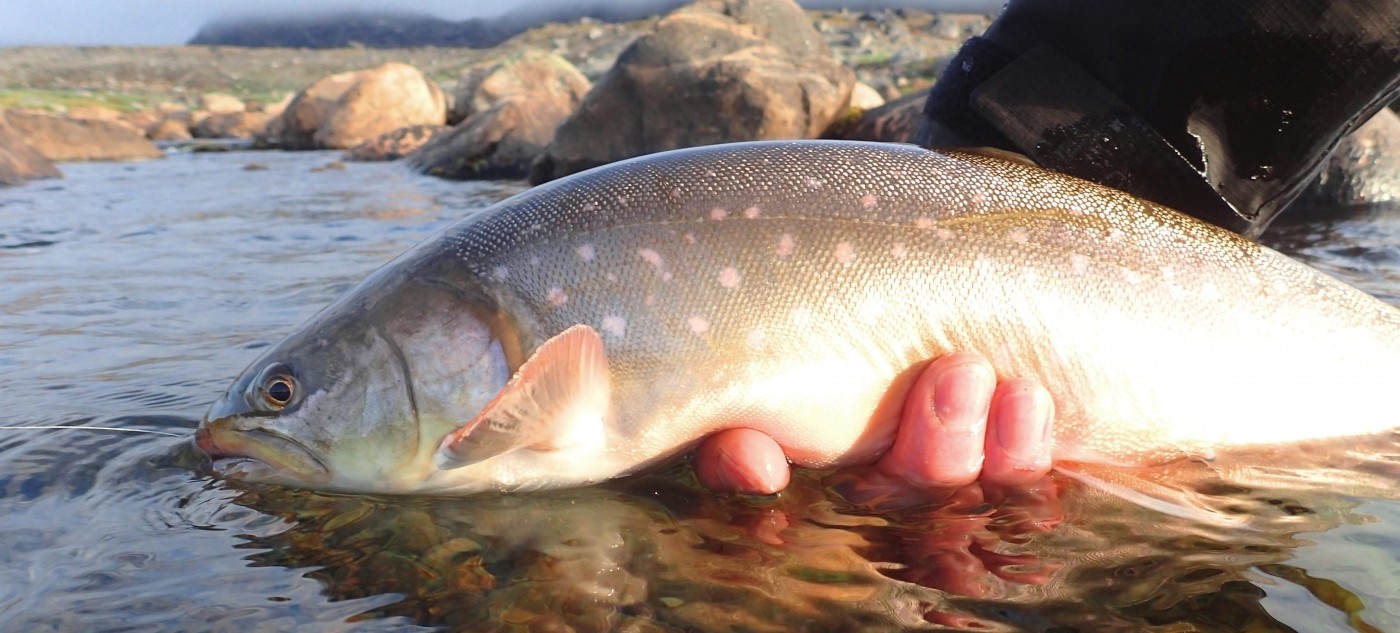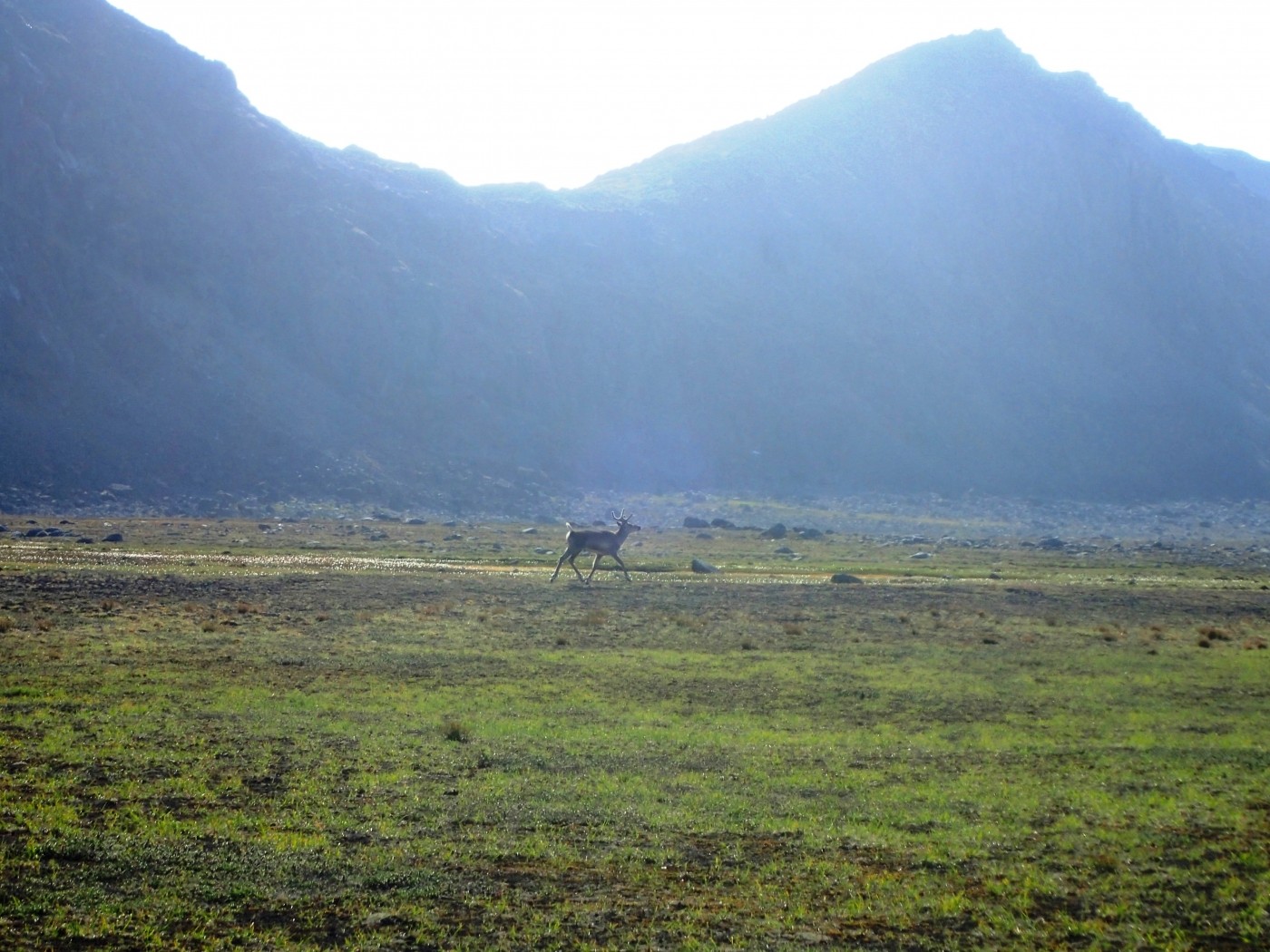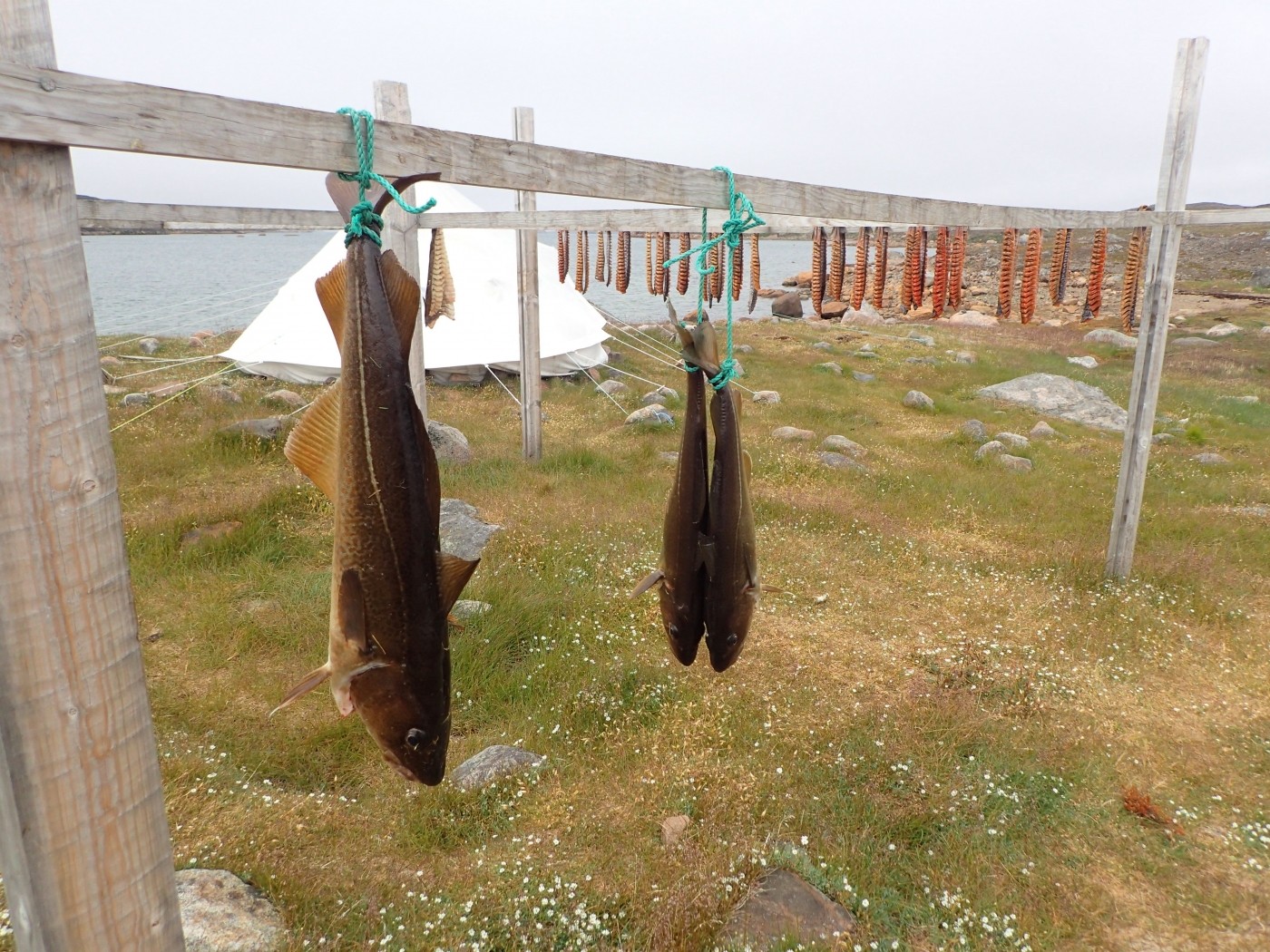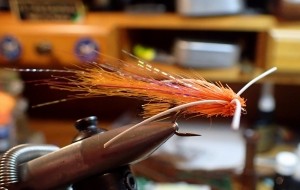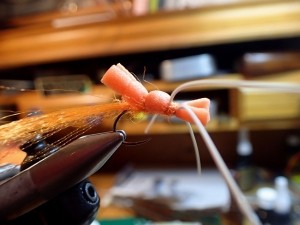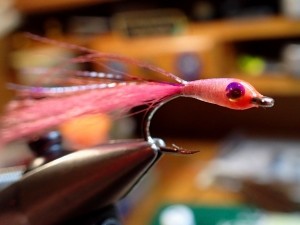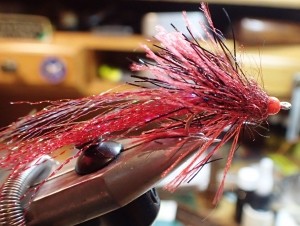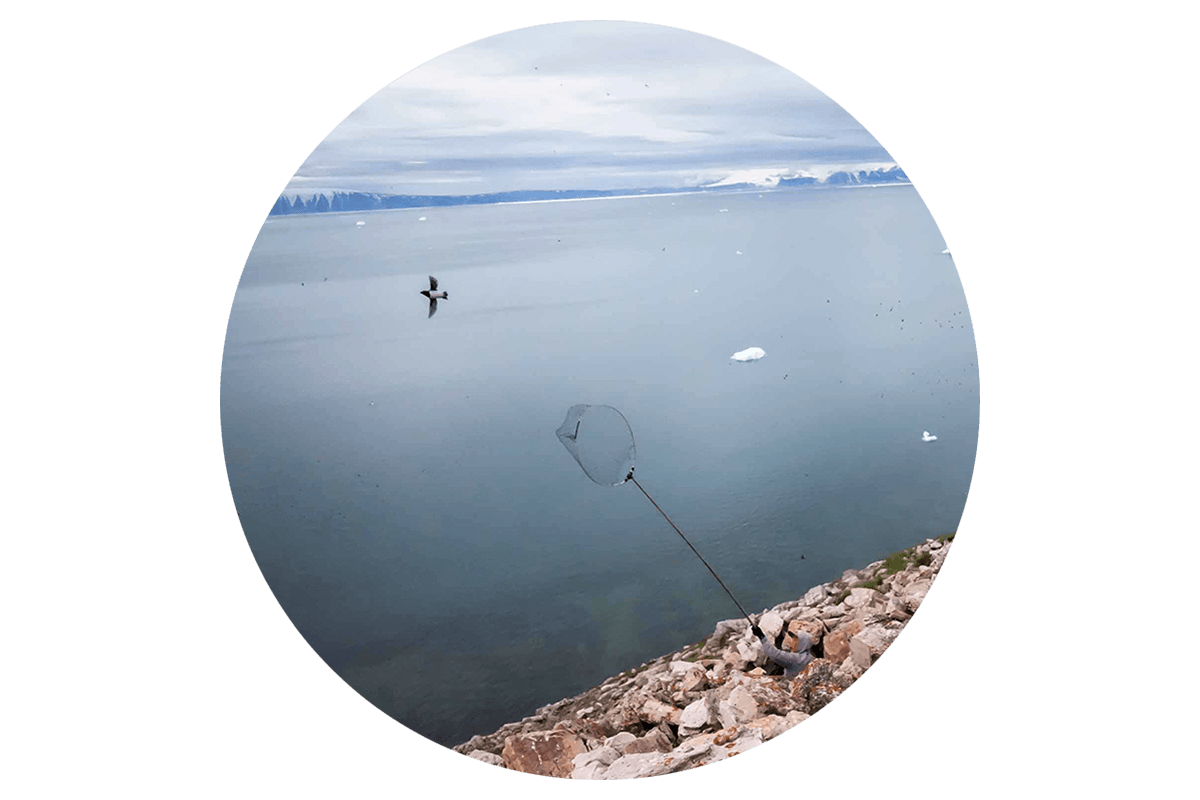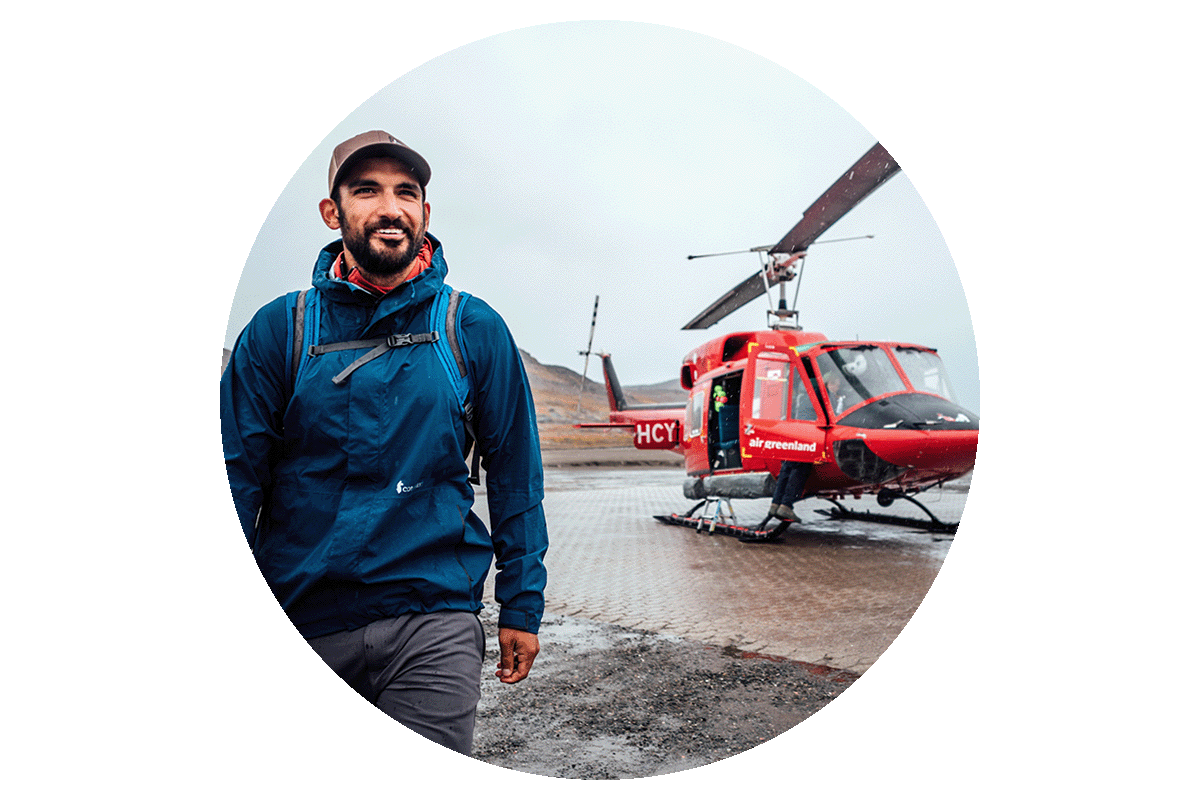Living where I do in the North of Scotland I am fortunate enough to be able to easily visit and enjoy some of the finest wilderness places on offer in the rugged and beautiful country; from far flung mountains and moors, to glacier formed lakes (lochs) and streams. Wandering these with a fly rod in search of the wild trout, sometimes salmon and very occasionally (rare) opportunities to fish for the age old Arctic Char that are ‘landlocked’ in the deepest of our lakes.
It’s in the wild places of home I grew to appreciate the beauty and wonder that surround us. It ignites a desire to explore and research these lonely places beyond the shores of my home country. I long to visit, explore and experience some of the other northern, rugged, beautiful and pristine places that shared a similar fate in their most recent formation at the hands of the now retreating ice.
The choice is pretty extensive, but one place amongst all others stood out and became somewhere I simply had to visit and experience; Greenland.
And how perfect it was to be that “Visit Greenland” were seeking someone to do just this, visit and promote a new local Greenlandic company by the name of West Greenland Wildlife, owned and operated by Leif Fontaine. He was in the very early process of opening up the small river that lies in his family hunting ground at Sassannguit.
Located right on the Arctic Circle in West Greenland, Sassannguit river had the promise of char fishing in exactly the pristine unspoiled wilderness I was hoping for. But first I had to get there.
Travel to Greenland
Heading to Greenland is actually very straightforward and very easy, first up you travel to the Danish Capital Copenhagen, then onwards to Greenland’s main airport, Kangerlussuaq in west Greenland. From here it was a short wait and then a hop onto a smaller turbo-prop Dash-8 aircraft. After a half hour flight north to Sisimiut I was greeted by Leif and his lovely wife Agathe.
Sisimiut
We were not due to depart for Sassannguit until the next morning, so this gave me the opportunity to explore and take in the historical parts of Sisimiut’s old centre as well as be impressed by the modern side of this colourful town.
Formerly known by its colonial Dutch name of Holsteinsborg it has been a settlement for circa 4,500 years initially by Inuit people, although the modern population of Greenlanders is a mix of Inuit and Danes who first settled here around the mid 1720’s. Essentially these early settlers came here to establish whale-hunting centres and Sisimiut was perfect for this given the fact the harbour can be relatively ice free for longer periods than other areas around this part of Greenland.
Peace and Tranquillity
As soon as the engine was cut and we moored at the camp, the peace and the tranquillity of this place became instantly obvious. All hands were required to help unload the boat of supplies, unpack and settle in before a fly could be cast, but this was in no way a chore or something that needed to be endured. It was just added to the adventure and the anticipation I felt about making my first casts at this ancient gamefish.
Home for me was to be a large ‘bell-tent’ complete with camp bed and furs if I wanted them. There was a small paraffin heater to ensure I didn’t get cold and more than enough room for me to spread all my equipment and even be able to dry out waders and jackets if needed. I will say that sleeping here in early August under a sky that simply didn’t go any darker than the evening light, in complete silence and pure air, rates amongst some of the most enjoyable and relaxing nights I’ve ever enjoyed.
Exploration
Day two at the camp was another glorious sunny day and it was also the one we had chosen to head upstream towards the first of the two large lakes found a few kilometres from the camp and where Leif wanted to show me what he feels is amongst the best of the fishing.
Continues further down the pages…

